11111
In the landscape of industrial and construction materials, various mesh and expanded metal products serve critical roles in durability, functionality, and design. Among these, eml stainless steel mesh, galvanised expanded mesh, 1 8 inch expanded metal, expanded metal lath for stucco, and 13 gauge expanded metal stand out for their unique properties and wide - ranging uses across sectors.
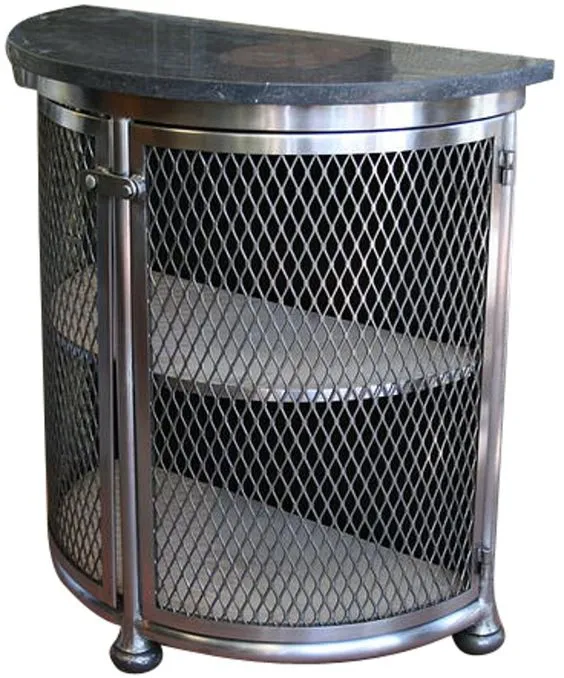
The Corrosion - Resistant Edge of EML Stainless Steel Mesh
EML stainless steel mesh is prized for its exceptional resistance to corrosion and high - strength characteristics. Constructed from stainless steel alloys, this mesh maintains integrity in harsh environments, such as coastal areas with high salt exposure or chemical processing facilities. For instance, in food processing plants, eml stainless steel mesh is used in conveyor belts or sieves, where hygiene and resistance to moisture and acids are non - negotiable. Its smooth surface also simplifies cleaning, making it compliant with strict sanitary standards. The mesh’s versatility extends to architectural applications, such as decorative screens or ventilation grilles, where its sleek appearance and durability are equally valued.
The Protective and Structural Role of Galvanised Expanded Mesh
Galvanised expanded mesh combines the strength of expanded metal with a protective zinc coating, enhancing its resistance to rust and wear. This makes it ideal for outdoor applications, such as fencing, safety barriers, or agricultural enclosures. In construction, galvanised expanded mesh is often used as a base for render or plaster, providing a stable substrate that prevents cracking. The galvanisation process ensures that the mesh remains effective even in humid or abrasive environments, reducing maintenance needs over time. For example, in warehouse shelving or industrial walkways, the mesh’s load - bearing capacity and anti - slip surface make it a reliable choice.
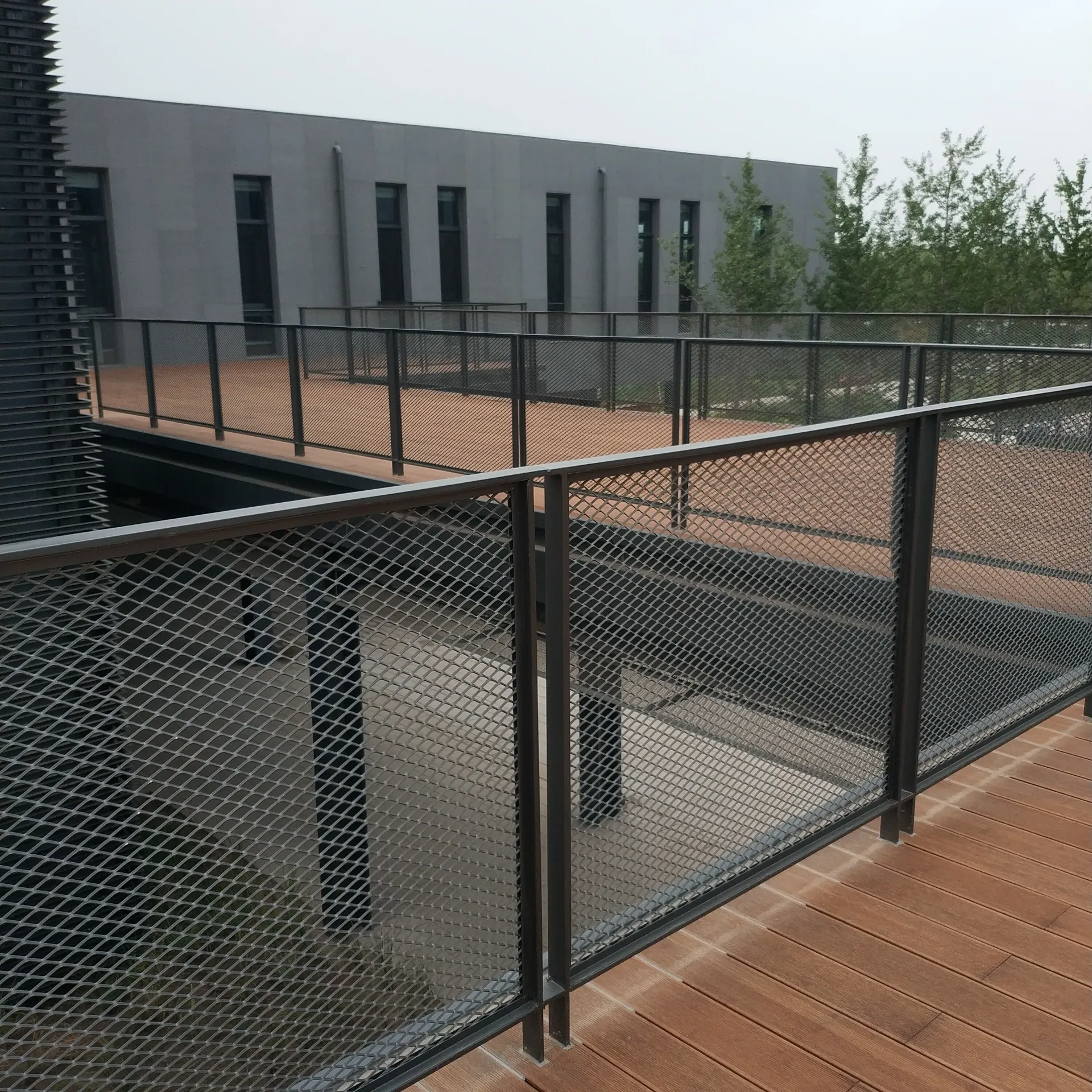
The Precision and Function of 1 8 Inch Expanded Metal
1 8 inch expanded metal refers to a mesh with 1/8 - inch openings, offering a balance of strength and fine filtration capabilities. This is commonly used in applications requiring smaller particle separation, such as air vents, machine guards, or agricultural screens to prevent the passage of small animals. The compact design of 1 8 inch expanded metal also provides enhanced structural support in lightweight applications, such as interior partitions or decorative panels. Its ability to allow light and air flow while maintaining a robust barrier makes it suitable for both functional and aesthetic purposes in commercial and residential settings.
Expanded Metal Lath for Stucco: A Foundation for Durable Finishes
Expanded metal lath for stucco is a specialized product designed to reinforce stucco and plaster applications. The lath’s expanded metal structure creates a mechanical bond with the stucco, preventing detachment and cracking. Installed over wooden or metal frames, this lath provides a stable surface that distributes stress evenly, ensuring the longevity of the finish. In residential and commercial construction, expanded metal lath for stucco is essential for achieving smooth, durable exteriors or interior walls. Its design allows moisture to escape, reducing the risk of mold or delamination, and its galvanised variants offer additional corrosion resistance in outdoor use.
The Robustness of 13 Gauge Expanded Metal
13 gauge expanded metal is characterized by its thicker wire diameter, making it suitable for heavy - duty industrial applications. The higher gauge (lower numerical value) indicates a stronger, more durable material capable of withstanding significant loads. This type of expanded metal is frequently used in flooring for workshops, truck beds, or loading ramps, where resistance to impact and wear is critical. In mining or heavy machinery settings, 13 gauge expanded metal serves as protective barriers or access platforms, ensuring safety and reliability in extreme conditions. Its rugged construction also makes it a top choice for security fencing or infrastructure projects requiring long - lasting strength.
FAQ: Key Considerations for Mesh and Expanded Metal Products
How to select the right material for outdoor applications?
For outdoor use, prioritize materials with corrosion resistance, such as eml stainless steel mesh or galvanised expanded mesh. Galvanised coatings provide a cost - effective rust barrier, while stainless steel offers superior resistance in highly corrosive environments like coastal areas or chemical plants. Consider the environmental exposure and maintenance requirements when choosing between these options.
What is the load capacity of 13 gauge expanded metal?
The load capacity of 13 gauge expanded metal varies based on the specific mesh size and material. Generally, its thicker gauge allows it to support heavier loads compared to lighter gauges, making it suitable for applications like industrial flooring or heavy equipment protection. Always refer to manufacturer specifications for precise load ratings.
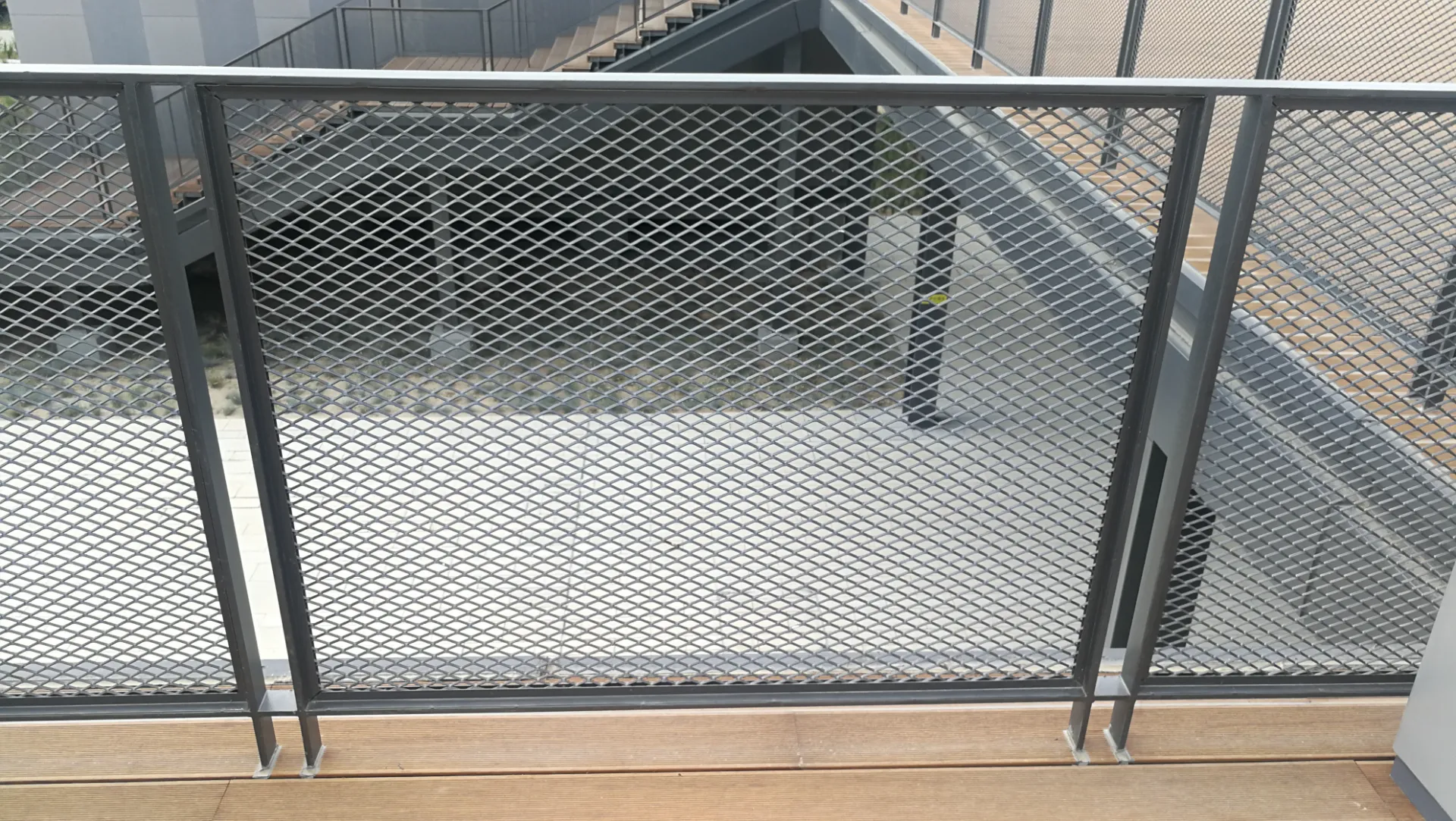
Can expanded metal lath for stucco be used indoors?
Yes, expanded metal lath for stucco is suitable for both indoor and outdoor applications. Indoors, it reinforces plaster walls and ceilings, while outdoors, it provides a durable base for stucco exteriors. Galvanised variants are recommended for outdoor use to prevent rust, but standard steel lath is often sufficient for dry indoor environments.
How to maintain the performance of galvanised expanded mesh?
To maintain galvanised expanded mesh, regularly inspect for damage to the zinc coating, such as scratches or chips, and touch up with galvanised paint if necessary. Clean the mesh periodically with a mild detergent to remove debris that could trap moisture and cause corrosion. In high - traffic areas, check for loose fasteners or structural wear.
What are the primary uses of 1 8 inch expanded metal in filtration?
1 8 inch expanded metal is ideal for filtration applications requiring the separation of small particles or debris. It can be used in air conditioning units, drainage systems, or industrial sieves to prevent the passage of contaminants while allowing fluid or air to flow through. Its fine mesh size balances filtration efficiency with structural integrity.


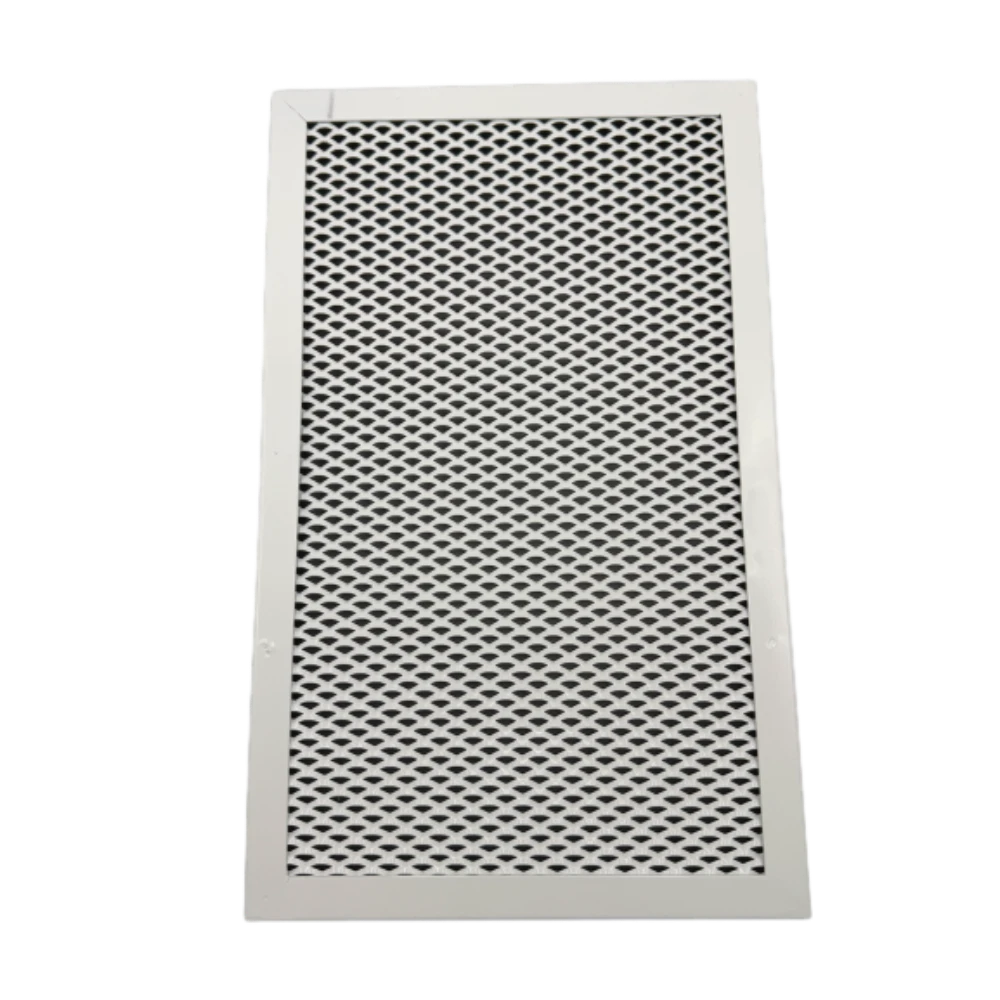

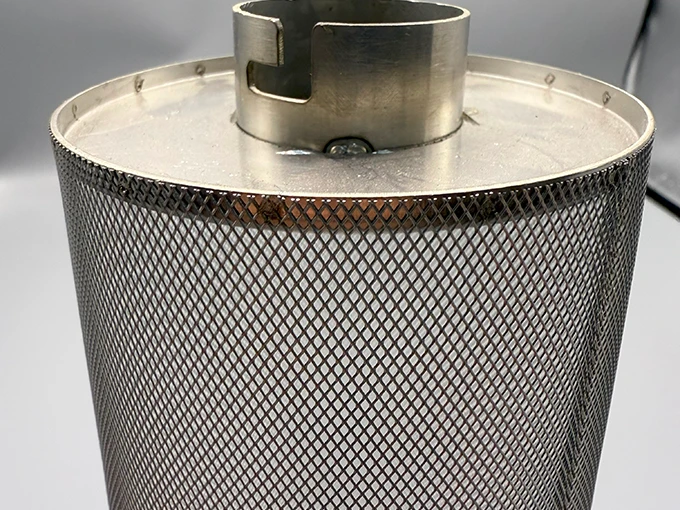
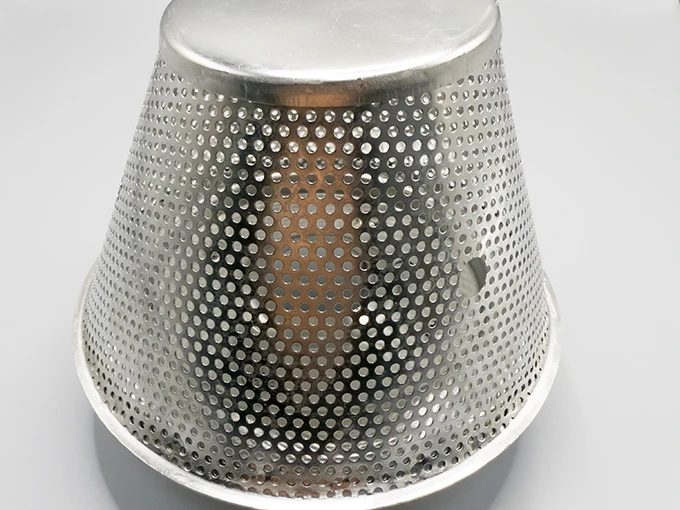













![$item[título] $item[alt]](https://www.ccmetalmesh.com/images/cc-7691.webp)

